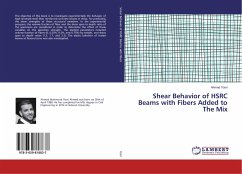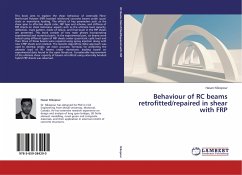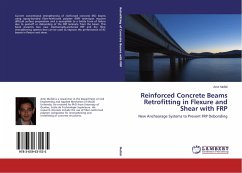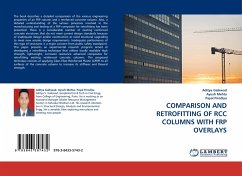The shear performance of RC beams is an important aspect to consider in the design of strengthening systems. Shear failure can occur in RC beams when the applied load exceeds the shear capacity of the beam. This failure mode can be dangerous and can lead to structural collapse.Various configurations of FRP systems have been used to strengthen RC beams against shear failure. Some of these configurations include, FRP sheets bonded to the web of the beam, FRP sheets bonded to the soffit of the beam, FRP plates bonded to the web of the beam and Near-surface mounted (NSM) FRP rods or strips. In addition to the configuration of the FRP system, other factors can also affect the shear performance of RC beams, including the type and properties of the FRP material, the bond strength between the FRP and the concrete, and the size and spacing of the FRP reinforcement. It is important to consider these factors in the design of FRP strengthening systems for RC beams.








